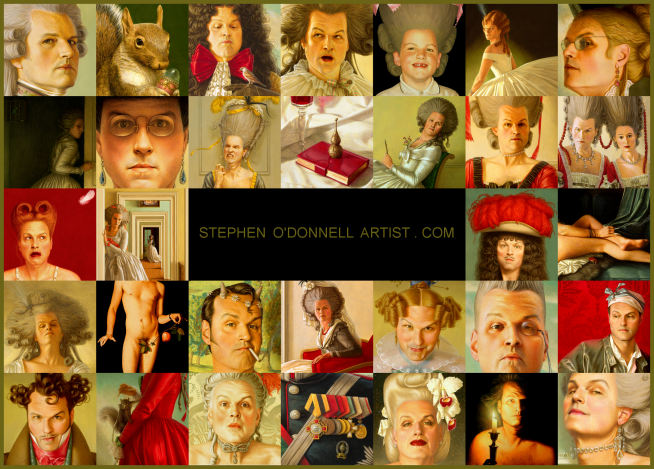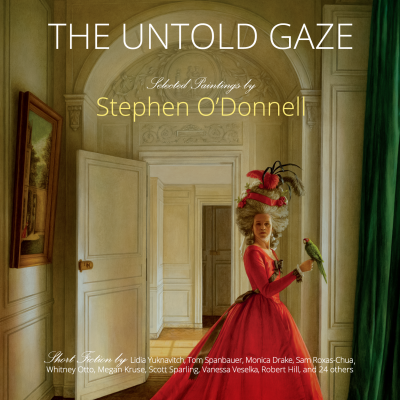 |
| Mercurio Volante. |
This flying Mercury is one of the twelve sculptures that Righetti created for the English banker Henry Hope's country house at Welgelegen, near Haarlem. (The five that are reproduced here are now in the collection of the Rijksmuseum, while the other seven remain in situ). Originally painted white to resemble marble, the models chosen were mostly from the Antique, but Righetti also included others which were more recent, as in this example, a copy of Giambologna's famous sixteenth century bronze.
*
 |
| Bacchus and Ampelos. |
The wine god Bacchus fell in love with the young satyr Ampelos. When the youth died in a tragic accident, one version of the story has the bereaved god turning his beloved into a grape and making wine from his blood; the cup in Ampelos' hand seems to refer to this.
*
 |
| Arching Amor. |
The sculptures pictured here, along with those remaining at Welgelegen, are Righetti's only surviving life-size lead sculptures.
*
 |
| Euterpe. |
Euterpe, flute in hand, was the Muse of music and lyric poetry. The model for this was a classic marble, now at Newby Hall in England.
*
 |
| Ganymede and the Eagle. |
The beautiful young mortal Ganymede was kidnapped by Zeus, in the guise of an eagle, and taken to Mount Olympus to serve as cup-bearer to the gods.
*
 |
| Laocoön. |
In a copy after a celebrated classical group, the Trojan priest Laocoön and his sons are shown in a vain struggle with two sea snakes. Not part of the Welgelegen commission, it was cast in Rome to the order of the wealthy Dutch merchant Nicolaas Calff, who had it placed in the garden of his country estate Polanen near the North Hollandse Halfweg.
*
Francesco Righetti (1749, Rome - 1819, Rome), Italian sculptor, silversmith and, bronze-founder. A student of the leading Roman silversmith of the day, Luigi Valadier, he quickly became known for his copies of celebrated statues, both after the Antique and modern. Though he worked on large-scale projects for popes and monarchs, he's best remembered for the small bronze statuettes after famous Classical prototypes that he began producing in the 1780s. This genre of sculpture had become so popular by the end of the eighteenth century that Righetti published a catalogue in 1794, a price list of the miniatures available from his workshop, a document that attests to the scale of his production as well as to his promotional talents. After visiting the sculptor's studio in Naples, Pope Pius VII made Righetti head of the Vatican foundry in 1805. Later, in his capacity as a bronze founder, he collaborated with Antonio Canova on two large scale monuments. His son Luigi was also a sculptor and after Righetti's death he and his own son, Francesco Righetti the Younger, ran both the Neapolitan and Roman foundries. The works of the family are to be found in many of the most important European and American collections.


























































